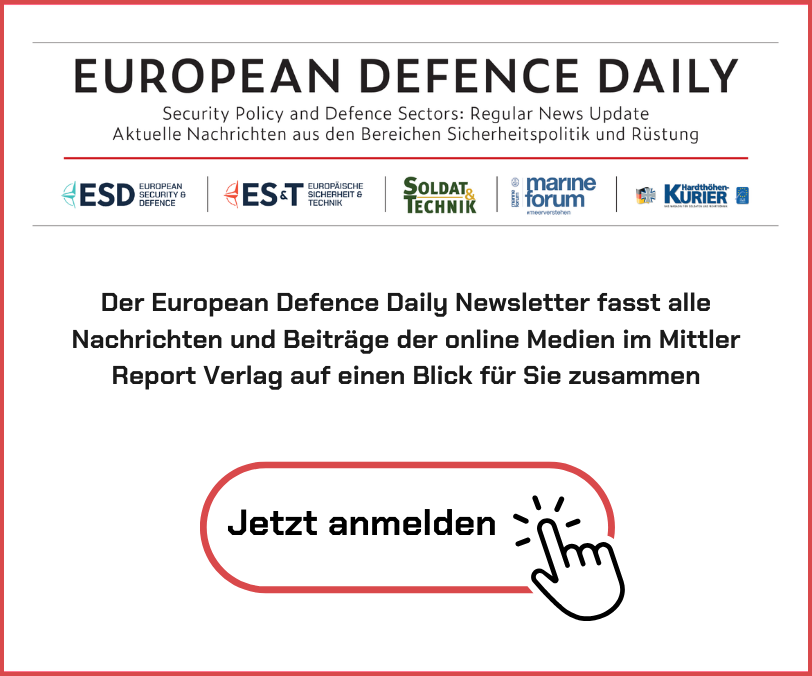EU regulation to reduce bycatches in marine protected areas
At the end of February, a new EU regulation came into force to better protect harbour porpoises. According to the International Union for Conservation of Nature (IUCN), the harbour porpoise population in the central Baltic Sea is threatened with extinction and comprises fewer than 500 animals. The new regulation bans gillnet fishing in German marine protected areas for three months of the yearin which they are increasingly present at the time. The aim of the regulation is to prevent harbour porpoises from dying as bycatch in gillnets.
The measures of the new EU regulation (2022/303) apply to the German protected area "Pomeranian Bay - Rönnebank" and the protected area "Greifswald Bodden Marginal Sill and Parts of the Pomeranian Bay" in the territorial sea off Mecklenburg-Western Pomerania. The measures provide for the exclusion of gillnet fishing in these areas from 1 November to 31 January of each year. The EU regulation also includes year-round and seasonal closures of gillnet fishing in Danish, Swedish and Polish protected areas as well as the limited use of acoustic deterrent devices, so-called "pingers", in Swedish and Polish areas.
The regulations that have now come into force were negotiated with the participation of the Federal Ministry of Agriculture and the Federal Ministry for the Environment as part of the regional group for the Baltic Sea of the EU Common Fisheries Policy with the technical support of the Federal Agency for Nature Conservation and the Thünen Institute of Baltic Sea Fisheries. The process was based on demands for protective measures from non-governmental organisations and a subsequent recommendation from the International Council for the Exploration of the Sea (ICES), on the basis of which further, additional protective measures are currently being discussed with expert advice from the BfN.
The Baltic Sea is home to two different populations of harbour porpoises. A western and an eastern population, which differ genetically and in their morphology. One of the main threats to harbour porpoises is bycatch in gillnets. Set net fishing is one of the most common methods of catching cod, herring and flatfish in the Baltic Sea. Harbour porpoises and diving seabirds are unable to see the fine nets underwater, swim into them while hunting for prey, become entangled and drown.










